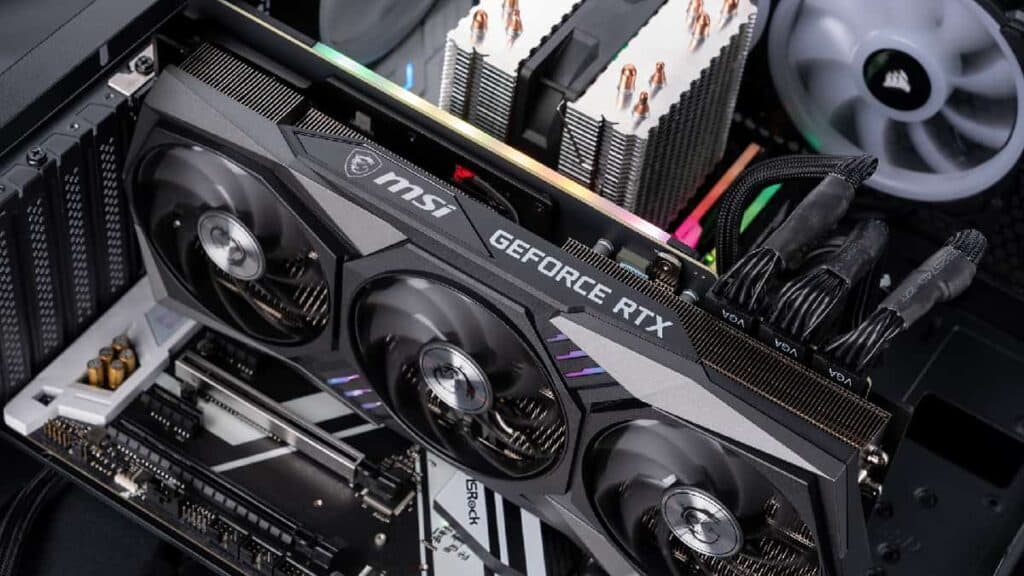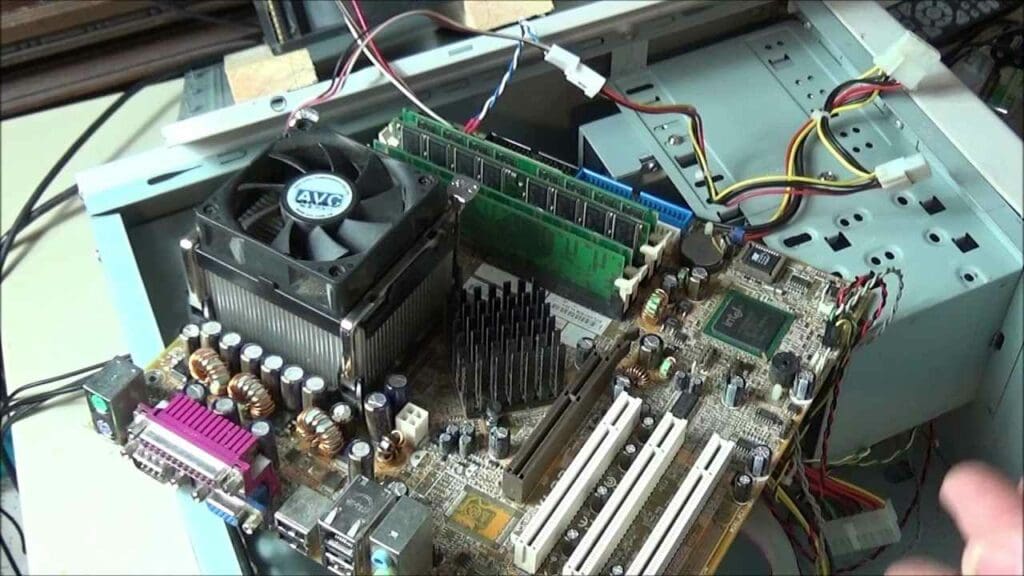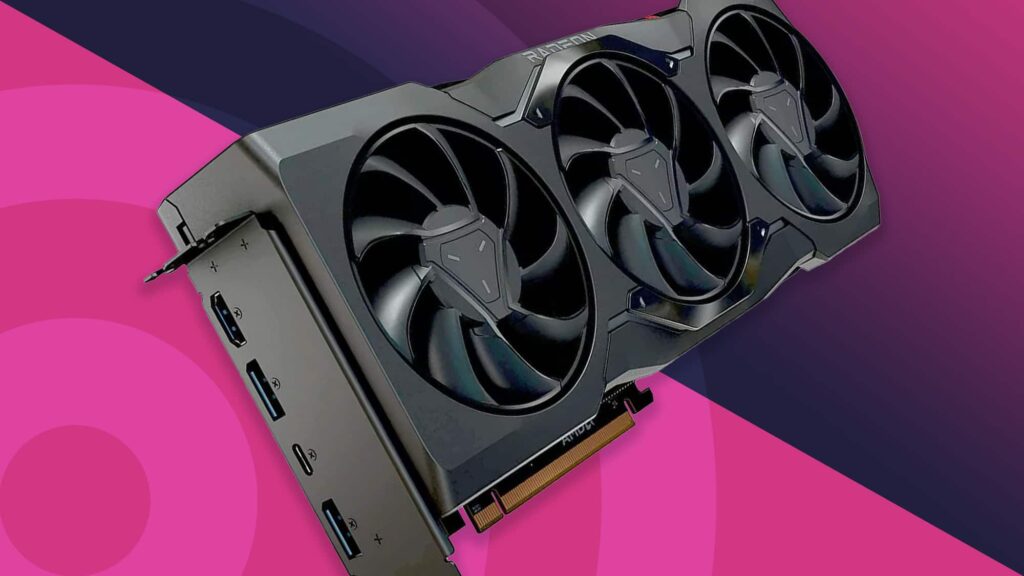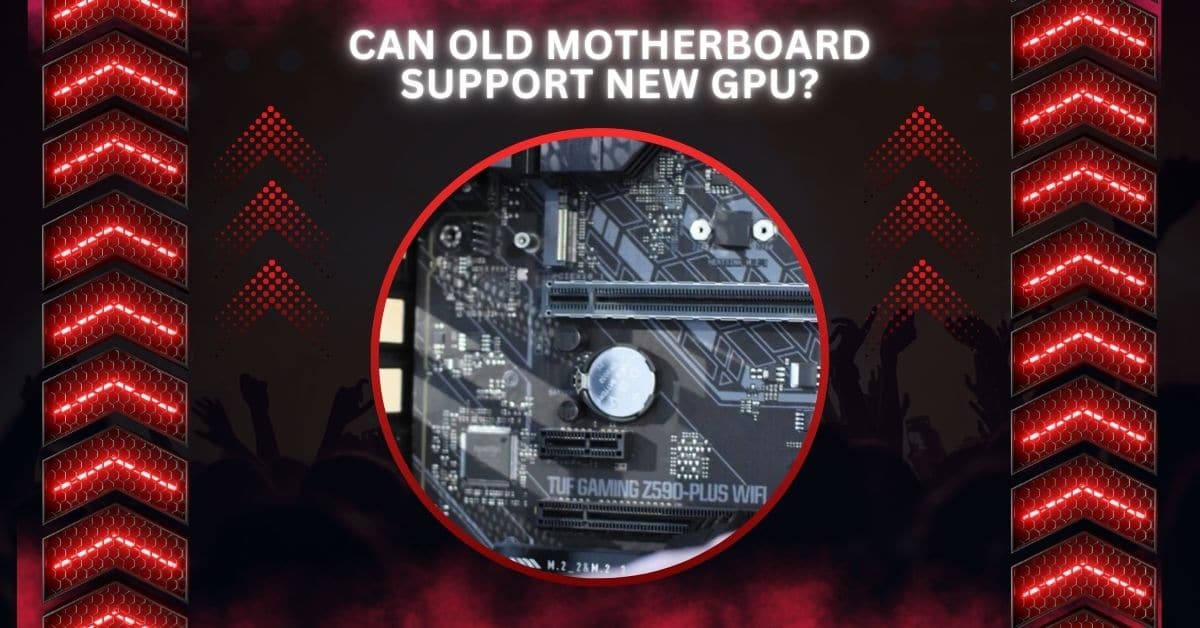Upgrading a graphics card is a common way to boost your system’s performance, but one central question arises: Can an old motherboard support a new GPU?
Can old motherboard support new GPU, as modern GPUs are generally backward compatible with older PCIe slots. Performance may only be improved if the motherboard uses updated technology. Always check compatibility before upgrading.
This guide will break down compatibility, installation, and potential issues, helping you determine whether installing a new GPU in an older system is feasible.
What Is the Main Requirement for Compatibility?
The critical requirement is that your motherboard has a PCIe (Peripheral Component Interconnect Express) x16 slot.
This slot is necessary for modern GPUs, as it connects them to the motherboard. Most motherboards produced in the last decade or so have this slot, making it possible to install a new GPU.
Very old motherboards may use outdated standards like AGP or older PCI slots that are incompatible with today’s GPUs.
Tip: Check your motherboard manual or specifications to confirm if it supports PCIe x16. If you’re using an ancient system, you may have to upgrade to a newer motherboard first.
Can a New GPU Fit in an Old Motherboard?

Most modern GPUs can fit into older motherboards with a PCIe x16 slot physically. However, the motherboard’s age may limit how well the new GPU can perform.
Modern GPUs require higher bandwidth, and if your motherboard only supports PCIe 2.0 or 3.0, your GPU may not reach its full potential. PCIe slots are generally backward-compatible, but you might experience performance bottlenecking with lower bandwidth.
Will the Old CPU Bottleneck the New GPU?
One of the most important considerations is your CPU. If your motherboard is old, your CPU is likely old, too. A weak CPU can bottleneck the performance of a new, high-end GPU.
For instance, pairing an RTX 3060 with an Intel Core i3 from a decade ago will limit the GPU’s capabilities. Bottlenecking happens when the CPU cannot process data fast enough to keep up with the GPU, reducing overall performance.
To avoid this, it is recommended that you have at least a modern quad-core CPU if you plan to upgrade to a powerful new GPU.
Do I Need to Upgrade My BIOS?
Sometimes, older motherboards require a BIOS (Basic Input/Output System) update to support newer GPUs. This update can resolve compatibility issues, especially with features like Secure Boot or UEFI.
Be careful when updating your BIOS, as it can be risky. Always follow the manufacturer’s instructions closely, and ensure the update is meant for your motherboard model.
Power Supply Compatibility
Power supply is a critical factor when upgrading to a new GPU. Modern GPUs consume much more power than older ones, and your system might only function properly if your power supply unit (PSU) is sufficiently powered.
You’ll need to ensure that your PSU has enough wattage and the required pin connectors for the new GPU. For example, some GPUs require additional 6-pin or 8-pin power connectors.
If your current PSU can’t handle the new GPU, you’ll need to upgrade it along with the GPU.
Also Read: Why Is Valorant Using So Much GPU – Key Reasons And Fixes!
RAM Considerations
While the motherboard and GPU are essential, don’t forget about RAM. Modern gaming or graphic-intensive tasks often require at least 8GB of RAM, with 16GB ideal.
The GPU upgrade may not deliver optimal results if your system has less than 8GB. RAM upgrades can be relatively inexpensive and straightforward but should be considered when planning your upgrade.
Is the Old Motherboard Form Factor a Concern?

There are several form factors for motherboards, including ATX, Micro-ATX, and Mini-ITX. It’s crucial to check if your case can accommodate a new GPU.
Newer, larger GPUs may require more space inside your case. Additionally, ensure the cooling system within your case is adequate, as modern GPUs tend to run hotter.
If your case is too small, you might need to get a smaller GPU or upgrade to a bigger one.
Can a New GPU Cause Damage to an Old Motherboard?
A new GPU won’t directly damage your motherboard, but there could be risks if it is faulty or ancient. For example, worn-out power regulators or capacitors might cause voltage issues, potentially harming your GPU or other components.
In addition, GPU “sag” from heavy graphics cards can damage the PCIe slot over time if not appropriately supported.
To avoid damage, ensure your motherboard is in good condition, and use a GPU support bracket if needed.
Does PCIe Version Matter?
PCIe versions (2.0, 3.0, 4.0, etc.) dictate the bandwidth for data transfer between the GPU and the motherboard. While PCIe is backward-compatible, a GPU designed for PCIe 4.0 will be limited by a PCIe 3.0 slot.
Although the GPU will work, it may not deliver maximum performance. For gaming, this may not always be a huge issue, but for GPU-intensive tasks like video editing or 3D rendering, you could see noticeable performance degradation.
Can old motherboard support new CPU
An old motherboard may support a new CPU, depending on the compatibility of the CPU socket and chipset. For proper functionality, you might also need a BIOS update. Check your motherboard’s specifications to ensure the new CPU will work.
Can old motherboard support new GPU for gaming
Yes, many old motherboards can support a new GPU if they have a PCIe x16 slot. However, you might face bottleneck issues if your CPU or RAM is outdated. Always check power supply requirements for the new GPU, too.
Also Read: Why Is My GPU Underperforming – Causes And Quick Fixes!
Best graphics card for old motherboard

The best graphics card for an old motherboard is one that fits your PCIe slot and matches your system’s capabilities. A GTX 1650 or RTX 2060 are good options, balancing performance without causing CPU bottlenecks in older systems.
Can I use old motherboard for gaming
Yes, you can use an old motherboard for gaming, but your system’s overall performance might limit your system’s overall performance. It supports modern GPUs and has enough power for demanding games.
Will you need a new motherboard for RTX 4000 series?
For the RTX 4000 series, you may need a new motherboard, especially if your current one lacks PCIe 4.0 support or doesn’t have enough power supply connectors. The CPU and RAM should also match the GPU’s performance needs for optimal gaming.
RTX 3060 on old motherboard
An RTX 3060 can work on an old motherboard with a PCIe x16 slot. However, performance limitations may occur if the motherboard uses an older PCIe version or if other components, like the CPU, can’t keep up with the GPU.
Also Read: Does AMD GPU Work With Intel CPU – Is It A Good Combo?
FAQs
1. Can a new GPU run on an old motherboard?
Yes, most new GPUs with a PCIe slot can run on old motherboards. However, performance might be limited by older components like the CPU or PCIe version.
2. Do I need to upgrade my motherboard if I get a new GPU?
You may not need to upgrade your motherboard if it has a PCIe slot. However, consider upgrading if your motherboard or CPU is outdated for maximum performance.
3. Can an old PC handle a new graphics card?
An old PC can handle a new graphics card if it has a PCIe slot and enough power. However, outdated CPUs or RAM may cause bottleneck issues.
4. Will an old CPU bottleneck a new GPU?
Yes, an old CPU can bottleneck a new GPU by limiting its performance. A weak CPU can’t keep up with a powerful GPU, causing slower results.
5. How do I know if my PC can handle a new GPU?
Check if your motherboard has a PCIe x16 slot, and ensure your power supply can handle the new GPU. Also, make sure your CPU isn’t too outdated.
6. Can old motherboard damage GPU?
An old motherboard will not damage a new GPU unless it has electrical or compatibility issues. To avoid problems, ensure the motherboard and GPU are compatible.
7. How do I check if my motherboard is compatible with GPU?
Look for a PCIe x16 slot on your motherboard. Check the motherboard’s specifications to ensure it matches the new GPU’s power and size requirements.
8. Can old motherboard support RTX?
Yes, old motherboards with a PCIe x16 slot can support RTX GPUs. However, older CPUs and PCIe versions may limit the performance of high-end RTX graphics cards.
9. Do all motherboards support all GPUs?
Not all motherboards support every GPU. Most modern GPUs work with PCIe x16 slots, but older motherboards may have compatibility or performance issues with newer GPUs.
10. How do I make sure my GPU is compatible?
Check your motherboard for a PCIe x16 slot and verify power requirements. Ensure your case has enough space and the CPU isn’t too old to avoid bottlenecks.
Conclusion
In conclusion, many old motherboards can support new GPUs thanks to their backward compatibility with PCIe slots. However, older CPUs or PCIe versions may limit performance. Always check your system’s compatibility before upgrading to avoid bottlenecks or power issues.
